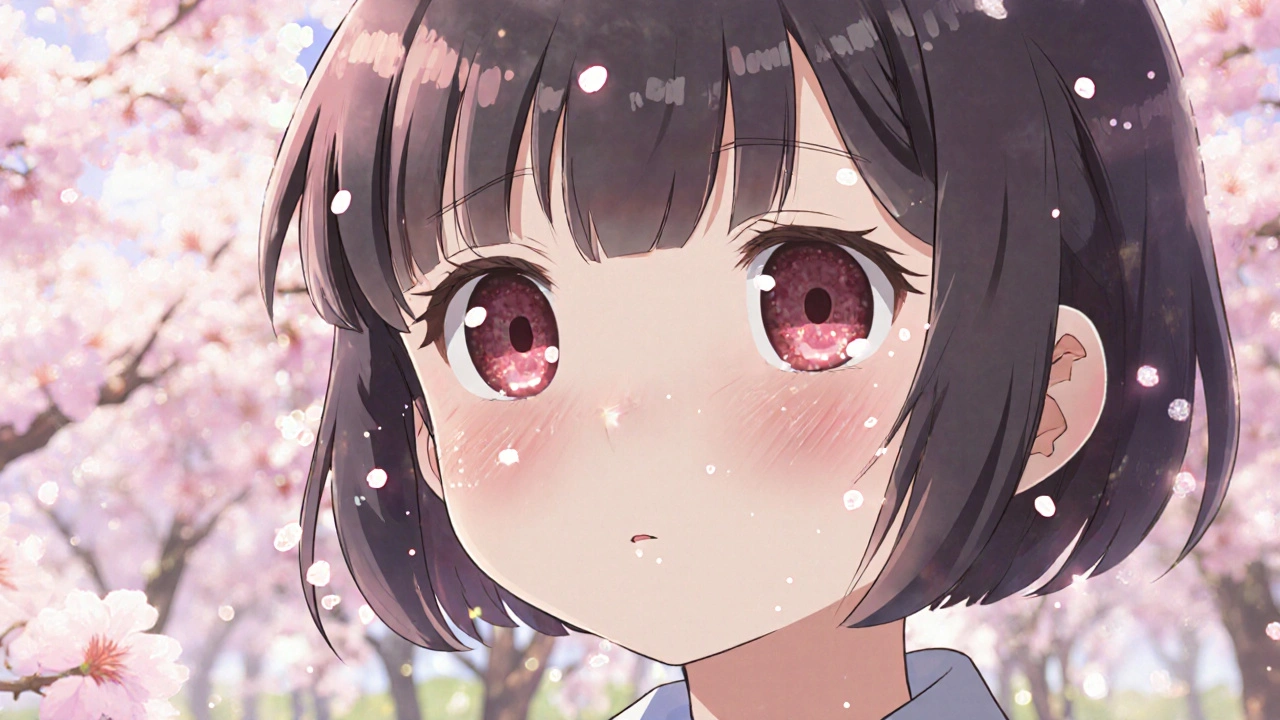Eye Allergy Relief: Practical Tips and Treatments
When dealing with eye allergy relief, the process of reducing itching, redness, and watery discharge caused by allergens that affect the eyes. Also known as ocular allergy management, it often overlaps with allergic conjunctivitis, inflammation of the conjunctiva triggered by pollen, dust, or pet dander, and relies heavily on antihistamine eye drops, medications that block histamine receptors to stop itching and redness. Another key player is mast cell stabilizers, drugs that prevent the release of inflammatory chemicals from mast cells, which together form the core toolkit for most sufferers.
Common Triggers and Quick Fixes
Most flare‑ups start with something in the environment: pollen drifting in during spring, mold spores in damp basements, or pet dander hanging on furniture. These environmental triggers directly influence eye allergy relief because the eyes are an open window to the air we breathe. When you walk into a high‑pollen zone, the tiny particles settle on the eye surface and prompt mast cells to release histamine. That chain reaction explains why a simple change—like closing windows during peak pollen hours or using a HEPA filter—can cut symptoms in half.
Symptoms usually begin with an itchy, gritty feeling, followed by redness and a watery discharge. If you notice these signs, it’s usually allergic conjunctivitis rather than an infection. A quick way to confirm is to check if the irritation worsens after you’re outside or around animals. Ocular lubricants, often called artificial tears, can wash away allergens and soothe the surface, providing immediate comfort while you plan longer‑term treatment.
For most people, the first line of defense is a combination of antihistamine eye drops and mast cell stabilizers. Antihistamine drops work fast—often within minutes—to neutralize the histamine that’s already circulating. Mast cell stabilizers, on the other hand, take a few days to build up but keep future releases in check, reducing the frequency of flare‑ups. Many brands bundle both actions in one bottle, giving you the instant relief of an antihistamine and the preventive power of a stabilizer.
If drops alone don’t clear the haze, oral antihistamines can help by lowering the overall histamine level in the bloodstream. In more stubborn cases, a short course of prescription steroid eye drops may be necessary, but they should be used under close doctor supervision because of potential side effects like increased eye pressure. Always discuss the duration and dosing with your eye care professional.
Lifestyle tweaks amplify the effect of any medication. Wearing sunglasses outdoors blocks wind‑borne particles, while a humidifier at home keeps the air from drying out the eye surface. A cold compress applied for a few minutes can shrink swollen blood vessels and calm itching. And don’t forget to keep your hands clean—rubbing your eyes transfers more allergens and can worsen the reaction.
For chronic sufferers, long‑term options such as allergy testing and immunotherapy can change the game. By identifying the specific allergens that trigger your eyes, you can target avoidance strategies more precisely. Immunotherapy—whether via allergy shots or sublingual tablets—gradually desensitizes the immune system, meaning your eyes may react far less over time. This approach turns eye allergy relief from a moment‑to‑moment battle into a lasting solution.
Below you’ll find a curated list of articles that dive deeper into each of these topics. From detailed guides on choosing the right eye drops to step‑by‑step plans for reducing seasonal exposure, the collection is designed to give you actionable insights you can start using today.

 Oct, 22 2025
Oct, 22 2025